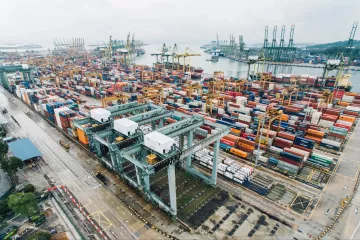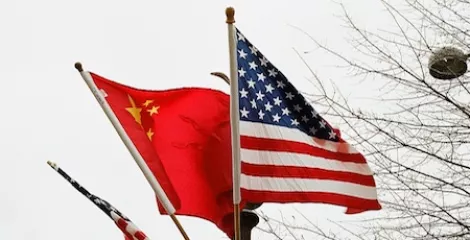Both the United States and China have announced plans to impose tariffs on bilateral trade. Beijing released a list of products last night including soybeans, automobiles, planes, whiskey, and chemicals, and the USTR has released a list that largely mirrors strategic areas in China’s economy 2025 goals.
President Trump’s ‘get tough on China’ rhetoric plays well with his base and it is what he promised during his campaign. And the administration’s concerns about Chinese intellectual property theft, state owned enterprises, and other market access and investment restrictions are well-founded.
However, unless the tariffs can swiftly bring the two sides to the negotiating table, a tit-for-tat tariff escalation will be a lose-lose-lose. The United States loses, China loses, and the world loses from the two largest economies imposing taxes on imports and disrupting global value chains and world markets.
For instance, Chinese tariffs on US soybeans will disrupt the global marketplace. The US is one of world’s largest soybean producers. Half of US soybean exports go to China.
The sooner Chinese and US negotiators can sit down and map out a path forward the better. But history shows bilateral negotiations may not be as easy as President Trump seems to believe. The US had a 20-30 year IP dispute with Japan over semiconductors in the 1970s, 1980s and 1990s, but Japan only changed its ways once Japanese domestic firms found it in their interest to do so.
China is a more state-run economy, however, and changes may be more driven from the top. Given the sheer size of the Chinese economy, it is not clear whether the US has sufficient leverage on its own.
The US needs to team up with like-minded countries and strengthen key trade rules through the Trans-Pacific Partnership and the Transatlantic Trade and Investment Partnership.


